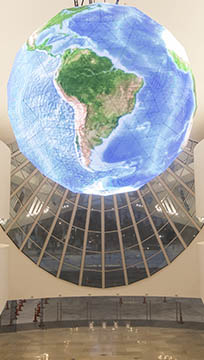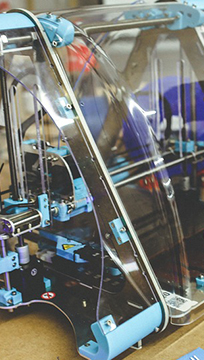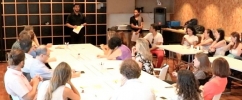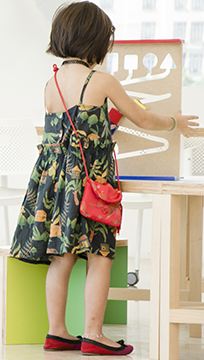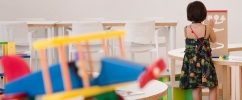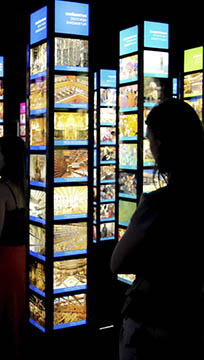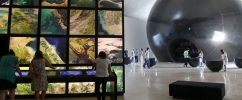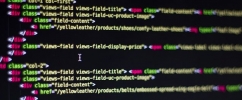Possibilities for building the future
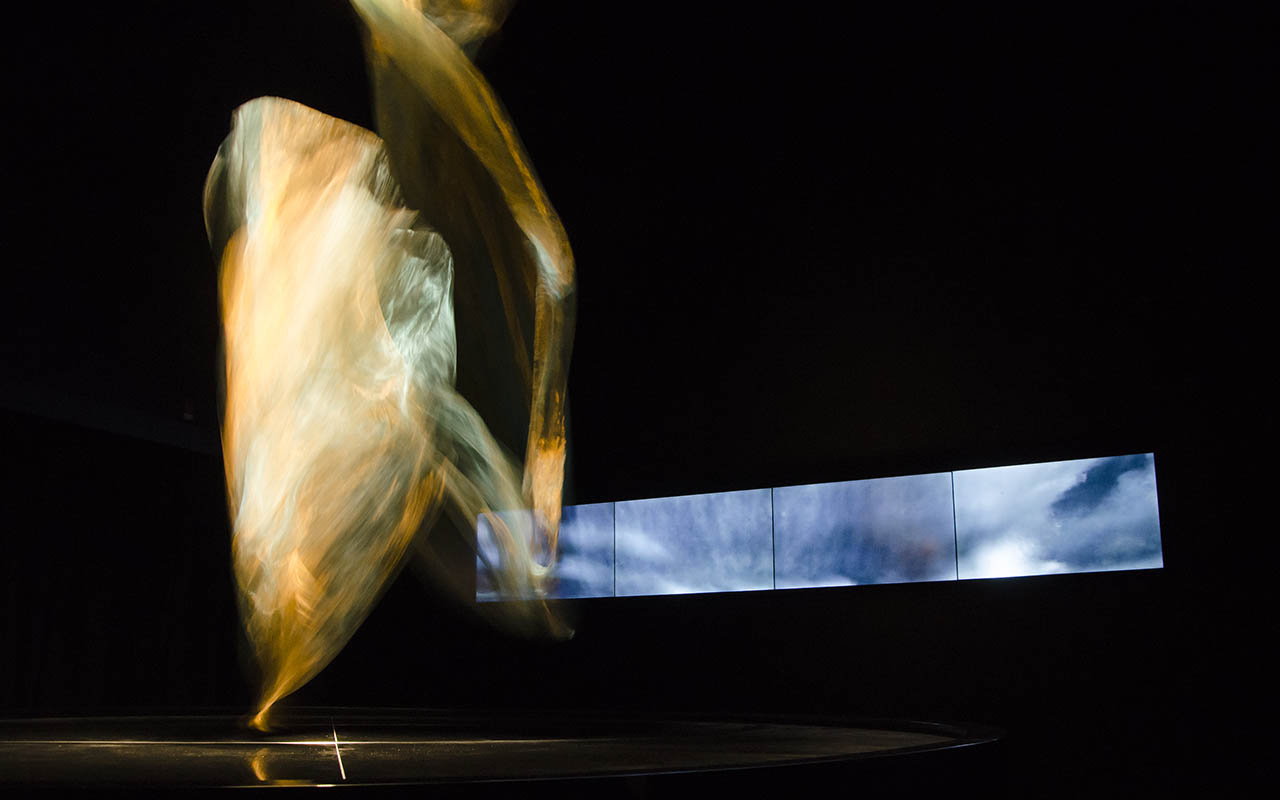
The Museum of Tomorrow is the new icon of the renewal of Rio de Janeiro’s port area. Located in Praça Mauá, it is a science museum that promotes exploration, reflection and planning of possibilities for the future. The museum is based on age-old questions - Where do we come from? Who are we? Where are we? Where are we going? How do we want to live? - rooted in the notion that tomorrow is neither a date on the calendar, nor an inescapable destiny. Tomorrow is built, starting today, right now. The choices we make today lead to a range of possible tomorrows.
Museum of Tomorrow examines the past, considers current trends, and explores future scenarios for the next 50 years, approached from a perspective of sustainability and conviviality. Visitors are encouraged to reflect on the Anthropocene era - the geologic era in which we live, when man began to alter the climate, degrade biomes and interfere with ecosystems – and on their own role as part of human action and its transforming power.
Content was developed by over 30 renowned consultants from a range of fields from Brazil and abroad. It is updated regularly, with data and scientific analyses from institutions around the world. The experiential exhibits were developed by a group of artists and producers, led by creative director Andres Clerici, including O2 and Conspiração, journalist Marcelo Tas and American artist Daniel Wurtzel, all invited by the Roberto Marinho Foundation.
“The collection of the Museum of Tomorrow is immaterial: it is possibilities. Unlike other institutions, which need to maintain their collection, the museum must be continuously renewed,” explains the curator of the museum, physicist and cosmologist Luiz Alberto Oliveira.
The museum has partnerships with several of the most prominent science institutions in Brazil and abroad, including the National Institute of Space Research (Inpe, by its Portuguese acronym), the United Nations Educational, Scientific and Cultural Organization (UNESCO) and the Massachusetts Institute of Technology (MIT), among others.
Six major trends of the next half-century are explored: climate changes; changes in biodiversity; growing population and increased life span; greater cultural integration and differentiation; advances in technology; and expanded knowledge. “The museum poses questions without giving answers. These questions guide visitors through a series of experiences that create a narrative for exploration and questioning,” states Oliveira.
The museum’s exhibitions are connected to the Activities of Tomorrow Laboratory, a space for innovation and experimentation in technology, science and the arts, and the Observatory of Tomorrow, which will catalogue and evaluate data and analyses of the latest scientific and technological research on topics relevant to the museum. The main exhibition data will be kept up to date by the Observatory, where a system called the Brain will oversee all experiential exhibits. In addition, the system will monitor and map use of the museum, including visitor routes and the way they interact with the museum’s content.


